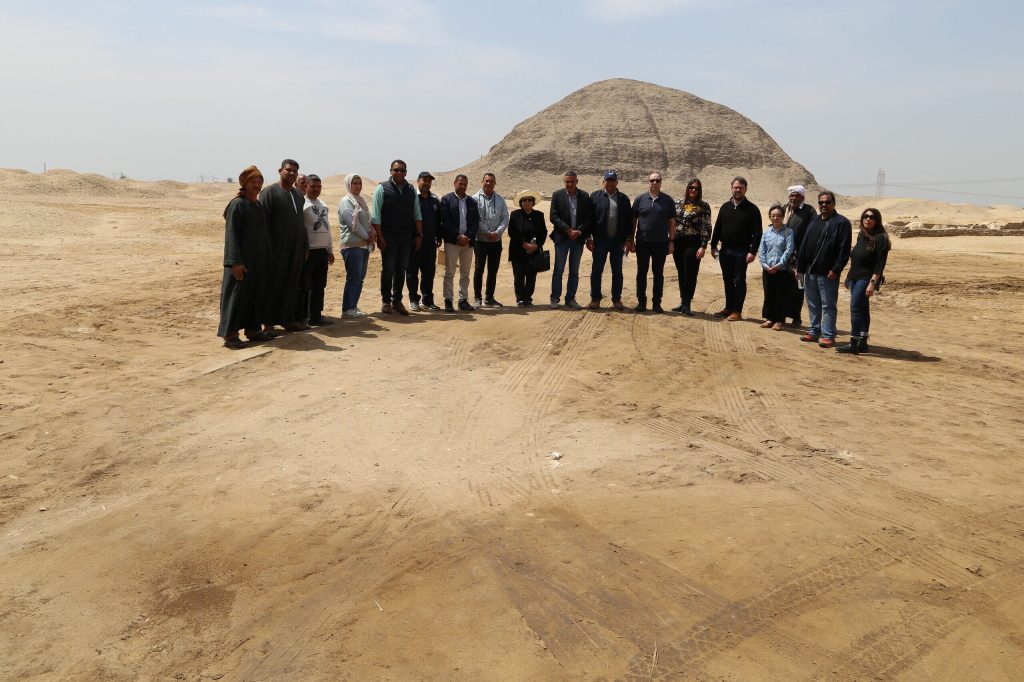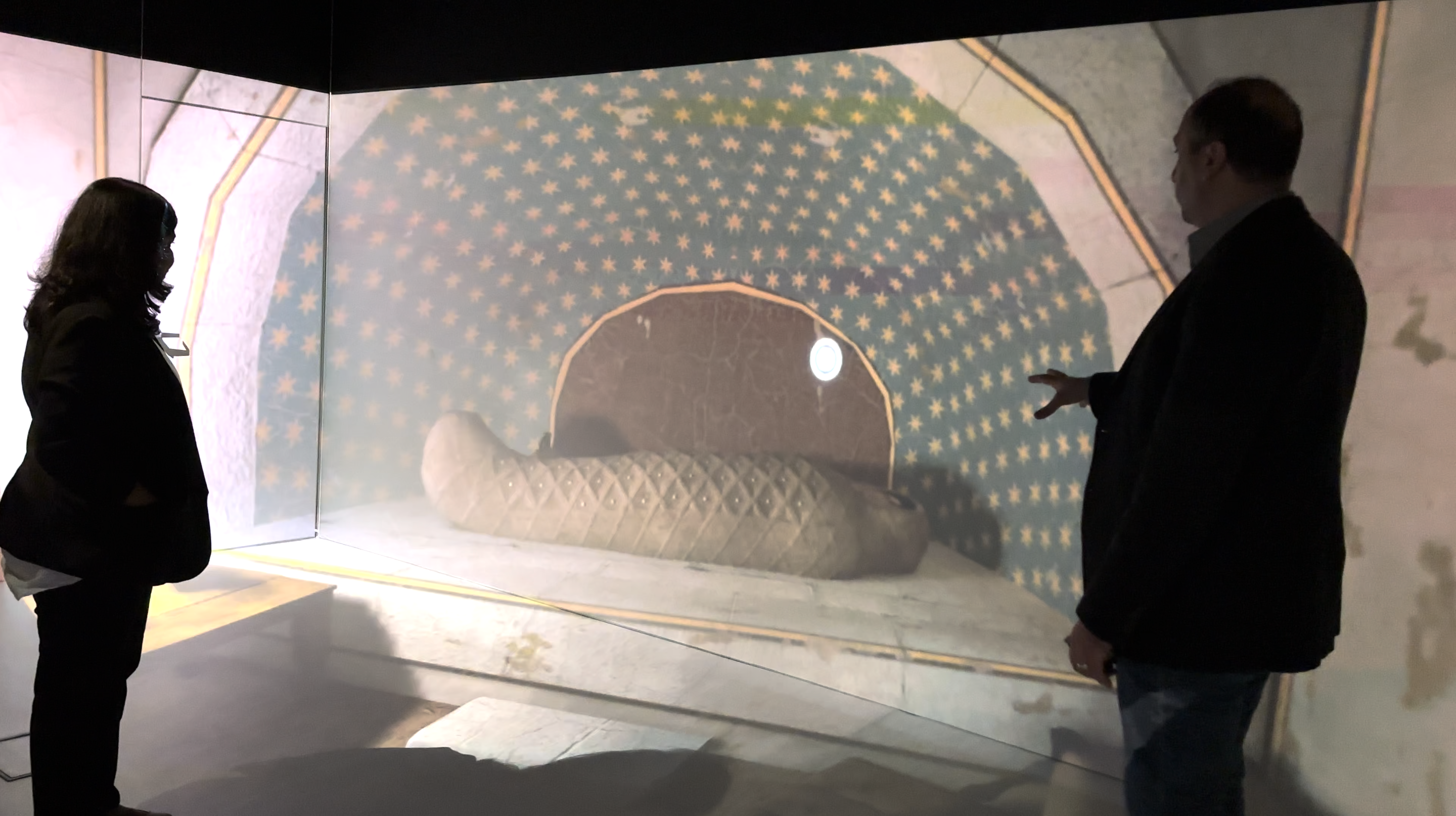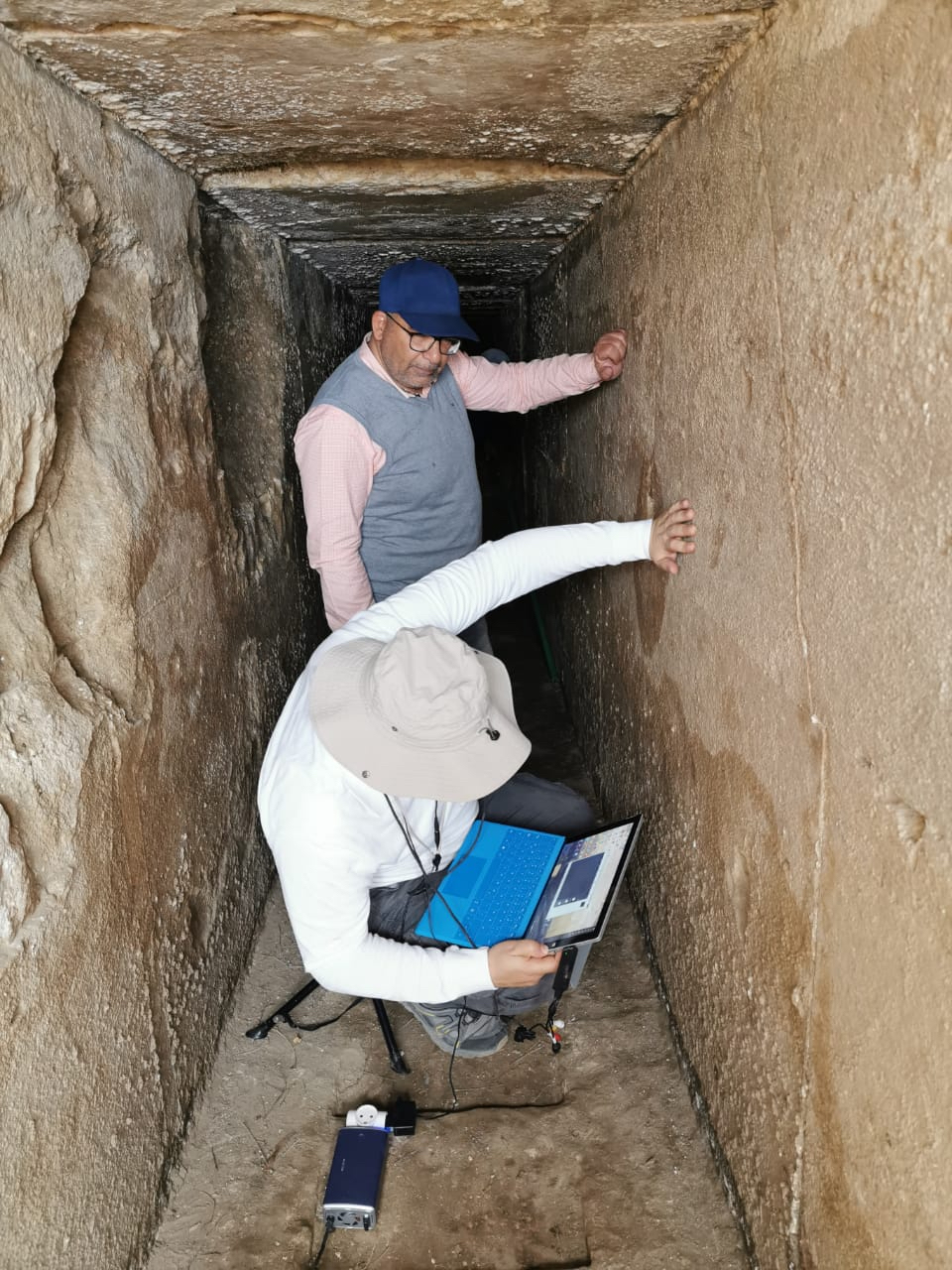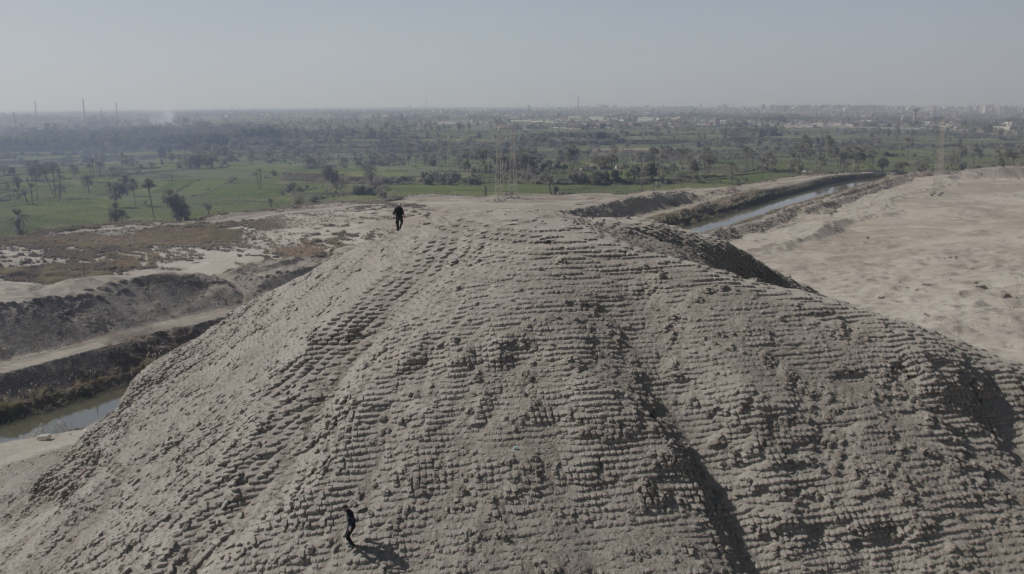Shaping policy and practice
| Lead | Nottingham Trent University (NTU) |
| Panel | C – Social sciences |
| UoA | 13 – Architecture, built environment, and planning |
| Location | Egypt, Iraq, Jordan, UK |
| Funders | Academy of Scientific Research and Technology (Egypt), Global Challenges Research Fund (GCRF), British Academy |
| Funds or grants | Egyptian Science and Technology Development Fund (STDF), Global Challenges Research Fund (GCRF), Newton Fund |
| Partners | In Egypt: National Research Institute of Astronomy and Geophysics (NRIAG), Ministry of Tourism and Antiquities (MoTA). In Iraq: Department of Antiquities and Heritage, University of Mosul, University of Wasit. In Jordan: Department of Antiquities. In UK: University of Leeds |

“Our project targeted vulnerable youth in local communities, raising awareness about the risk of losing historical practices and teaching them how to document cultural heritage. Workshops equipped them with tools, technology, and supervision to engage with senior community members and record heritage practices. Recordings were compiled into a comprehensive database of videos, interviews, and documentation of historic buildings by the people of Mosul. This work has been developed into a major exhibition.” LMIC-based researcher
Historical sites, artefacts, and cultural heritage around the world face several threats, including conflict, climate change, commercialisation, and tourism. Researchers created a framework to preserve heritage sites in the Middle East and North Africa (MENA) that combines virtual modelling, laser scanning, socio-cultural studies, and local narratives. The framework includes recording and digitising protocols, artifact analysis, remote sensing, environmental and geophysical analysis, community engagement, and collaboration with museums and heritage institutions. It embeds historic and archaeological knowledge and socio-cultural local narratives to ensure the socio-economic relevance of heritage sites.
Key Impacts
Informed MENA region policies and decision making
- Collaboration with MoTA and NRIAG resulted in a policy document for managing digital preservation platforms in Egypt. The guide prompted events with ministers and influenced decisions on digital tools to showcase urban and cultural heritage in the tourism sector. Following research recommendations, the MoTA launched a virtual tour of 16 archaeological and heritage sites during COVID-19 travel restrictions.
- Research shaped Mosul and Baghdad’s heritage preservation strategies, incorporating socio-cultural narratives based on local community engagement and active involvement in documenting and preserving local assets. This work informed Baghdad Mayoralty’s Heritage Preservation Roadmap and the Department of Antiquities’ approaches to heritage preservation and economic opportunities for vulnerable communities in Mosul post-war recovery.
Impact on heritage sector capacity building
- NTU delivered practical training programmes to over 200 young practitioners, government officials, and heritage professionals in Egypt, Jordan and Iraq.
- Training resulted in the creation of five new Egyptian start-ups on virtual modelling initiatives to protect cultural heritage and two small or medium enterprises (SMEs) in Jordan, which led on the delivery of digital scanning and modelling of historic and complex structures.
- Research led by the University of Leeds supported the Jordanian Department of Antiquities to include laser scanning and digital modeling at Gadara Archaeological Site and Hara Fouqa (Ottoman village) for the interactive virtual Living Museum of Umm Qais.
- Establishment of the first British-Egyptian joint Centre of Virtual Heritage Technologies (BECAVE) based at the NRIAG in Egypt.

Underpinning research enablers


Value of a plurality of funding mechanisms
- The value of seed funding: Internal NTU funding initiated the project, facilitating networking with public organisations in Low- and Middle-Income Countries (LMICs) and engagement with international collaborators.
- Learning from experience to create more targeted applications: Unsuccessful funding applications were useful to build trust-based partnerships, better understand local needs, and identify alignments with funding calls. These lessons leveraged new applications to multiple funding sources.
- Addressing multiple research topics and locations: Newton funding focused on tackling socio-cultural issues via virtual reality models of historic cities (Iraq), building capacity within the digital industry and policymakers (Egypt), and research on community heritage (Egypt and Jordan). GCRF funding enabled activities in Iraq, including lost socio-cultural heritage mapping (Old Mosul) and community heritage preservation and economic opportunities in Iraqi conflict-prone zones (Baghdad). Match funding from the STDF in Egypt supported the Virtual Hawara initiative, which preserves the Hawara Pyramid and Labyrinth archaeological site.
Engage with different research users at multiple levels
- Driving transformative change via local non-academic partnerships: Collaboration with government bodies, creative industries, and civil society organisations in the MENA region was largely beneficial. In Egypt, capacity building activities bridged gaps between cultural heritage preservation and socio–economic issues in the tourism sector, fostering formal public-private partnerships and start-up business development. In Iraq, engagement with policymakers, and community-led activities refocused research on documenting lost heritage and preserving cultural heritage in various cities.
